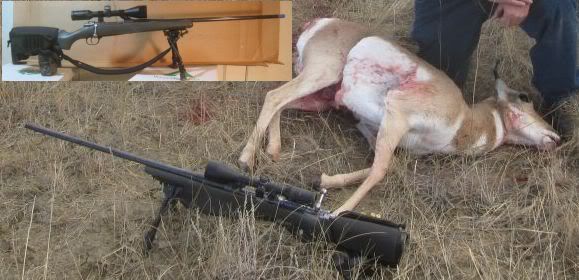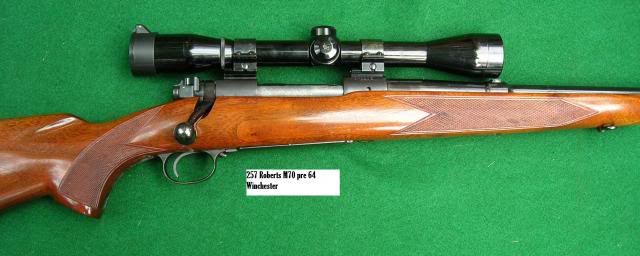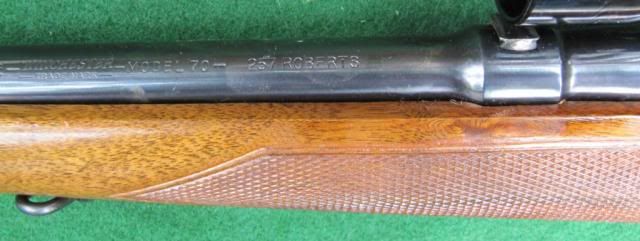The more I study these old military actions, the less I am convinced that rebarreling them to cartridges that are higher in pressure than the cartridge they were issued in is all that good of an idea.
I have not found an explicit statement to the design loads that Paul Mauser used. SAAMI and CIP standards were established well after his death. However there is information about the proof pressures used in M98 actions.
Rifle Magazine Issue 159 May 1995 Dear Editor pg 10http://www.riflemagazine.com/magazine/PDF/ri159partial.pdf
Ludwig Olsen :
Mauser 98 actions produced by Mauser and DWM were proofed with two loads that produced approximately 1000 atmosphere greater pressure than normal factory rounds. That procedure was in accordance with the 1891 German proof law. Proof pressure for the Mauser 98 in 7 X57 was 4,050 atmospheres (57, 591 psi). Pressure of the normal 7 X 57 factory load with 11.2 gram bullet was given in Mauser’s 1908 patent boot as 3,050 atmosphere, or 43, 371 pounds.
While many Mausers in the 1908 Brazilian category will likely endure pressures considerably in excess of the 4,050 atmospheres proof loads, there might be some setback of the receiver locking shoulder with such high pressures
Kunhausen shows similar numbers in his book : “The Mauser Bolt Actions, A Shop Manual”
Rifle & Carbine 98: M98 Firearms of the German Army from 1898 to 1918 Dieter
Page 103.
M98 Mauser service rifles underwent a 2 round proof at 4,000 atm gas pressure, 1 atm = 14.6 psi, 4000 atm = 58, 784 psia.
Dieter reports that lugs broke at the rate of one per 1000 rifles used by the Bavarian Army Corp!
Unless someone can produce credible data as to the proof standards of later 98
military actions, and the design limits used by Paul Mauser, I am going to state that it is reasonable that the action was designed to support cartridges of 43, 371 psia with a case head diameter of 0.470”. I have no reason to believe that later German service rifle ammunition was of higher pressure as that would have had back compatibility issues with stores of obsolete 8mm rifles. If you look in reference books you see the Germans issuing virtually every type of rifle, the newest and most modern to front line troops, the less modern to rear line troops. There were plenty of M98’s cut down and rebuilt to shorter configurations. Pictures in the book “ German GEW 88 “Commission” Rifle” show WW1 and WW2 use of that rifle. As an aside, I have handled a single shot M71 that the owner claimed, his great Grandfather carried that rifle in WW1 when he was in the German Landwehr.
http://greatwars-gamburd.blogspot.com/2008/10/landsturm-und-landwehr-explained.html While individual shooters may think it makes lots of sense to increase pressures to increase performance, for the military, logistical cost considerations will always outweigh the musing of dreamers.
I believe that a pressure standard for these rifles of 43, 371 lbs/ in ² is reasonable based on the SAAMI spec pressure for the 8mm round of 35, 000 lbs/ in ². Obviously SAAMI researched this issue, probably determined original pressure standards, then used wise judgment about the age, uncertain previous history, unknown storage, usage, the known limited strength of period plain carbon steel actions, and as an industry, they were are not willing to accept the liability involved with selling new ammunition of a higher pressure.
I recommend you price out the cost of a new barrel and what a gunsmith will charge you to rebarrel the thing. Bluing, tapping for scope mounts, etc. Unless you have an emotional attachment to the rifle, in which case rationale economics do not apply, you will not recoup your costs on a future sale of it.




